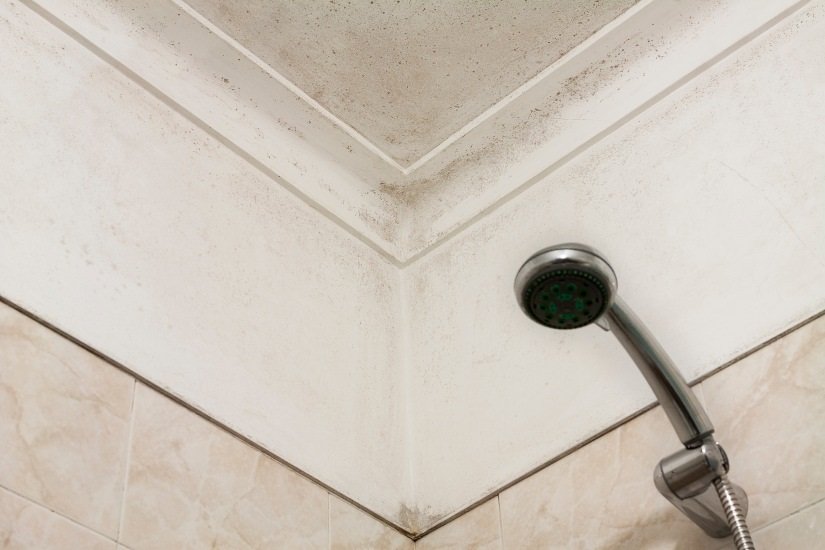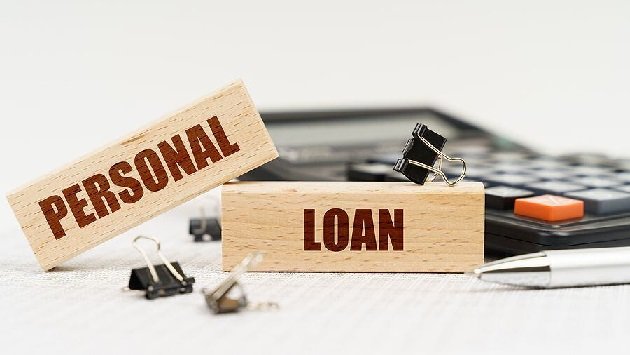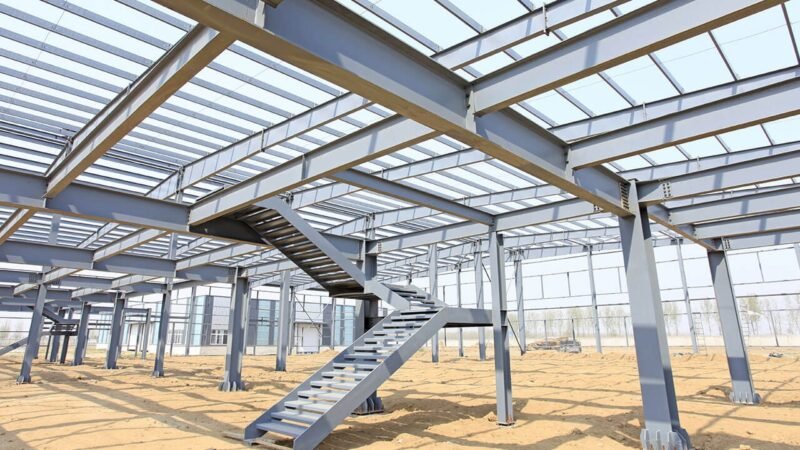How to Identify Water Damage and Mold Risks in Your Bathroom in Cape Cod?

Located in a region like Cape Cod, where the coastal climate brings high humidity levels, your bathroom becomes even more susceptible to water damage and mold growth. The combination of moisture, warmth, and often poor ventilation creates the perfect environment for these issues to thrive. Ignoring water damage or mold growth signs can lead to expensive repairs and possible health hazards. This article explores how to identify water damage and mold risks in your bathroom so you can take proactive steps by calling a handyman Cape Cod, to protect your home and your health.
Check for Leaks
Leaks are a big reason for water damage in bathrooms. Look at all the pipes, faucets, and fixtures for drips or water gathering. Check under sinks, around toilets, and behind appliances like washing machines and water heaters. Even a tiny drip can cause a lot of damage, so fix leaks immediately.
Look for Discoloration or Stains
Discoloration or stains on walls, ceilings, or floors can indicate water damage. Keep an eye out for yellowish or brownish stains and peeling or bubbling paint or wallpaper. These are often signs of water infiltrating the surface, indicating a leak or excess moisture.
Inspect Grout and Caulk
Cracked or deteriorating grout and caulk around tiles, tubs, and showers can allow water to seep into the walls or floors, leading to mold growth and structural damage. Check for any gaps or areas where the grout or caulk has come loose and repair or replace it as needed to prevent water intrusion.
Pay Attention to Musty Odors
Mold growth often produces a musty odor that can be noticeable even before you see any signs of mold. Detecting a persistent musty smell in your bathroom could indicate hidden mold growth behind walls, under floors, or in other concealed areas. Investigate the source of the odor promptly to address any underlying mold issues.
Monitor Humidity Levels
Too much moisture in the bathroom can make it perfect for mold to grow. Use a hygrometer to check humidity often and keep it under 50% to stop mold. Consider adding a vent fan or opening windows while showering and afterwards to lower humidity.
Check for Soft or Spongy Flooring
Water damage can cause flooring materials like tiles, vinyl, or wood to become soft or spongy to the touch. If you notice any areas of your bathroom floor that feel different from the rest or seem to give under pressure, it could be a sign of water damage beneath the surface.
Inspect behind Fixtures and Appliances
Remember to check behind toilets, sinks, and appliances like washing machines and water heaters for any indications of water damage or mold growth. These areas are often overlooked but susceptible to leaks or condensation buildup.
Check for Peeling or Warped Wallpaper
Peeling or warped wallpaper in your bathroom can signal water damage behind the walls. Moisture can seep through the walls and cause the wallpaper adhesive to loosen, leading to peeling or bubbling. If you notice any abnormalities in your wallpaper, it’s essential to investigate further to determine the source of the moisture and address any underlying issues.
Calling in the Pros
In some cases, identifying and addressing water damage and mold risks may require the expertise of professionals like a handyman Cape Cod. If you suspect extensive damage or cannot pinpoint the source of a problem, consider contacting a certified water damage restoration specialist or mold remediation professional. They have the tools, knowledge, and experience to assess the situation accurately and execute effective solutions to protect your home.
Identifying water damage and mold risks in your bathroom requires vigilance and attention to detail. With good maintenance and proactive measures, you can keep your bathroom clean, dry, and free of mold for years to come.






